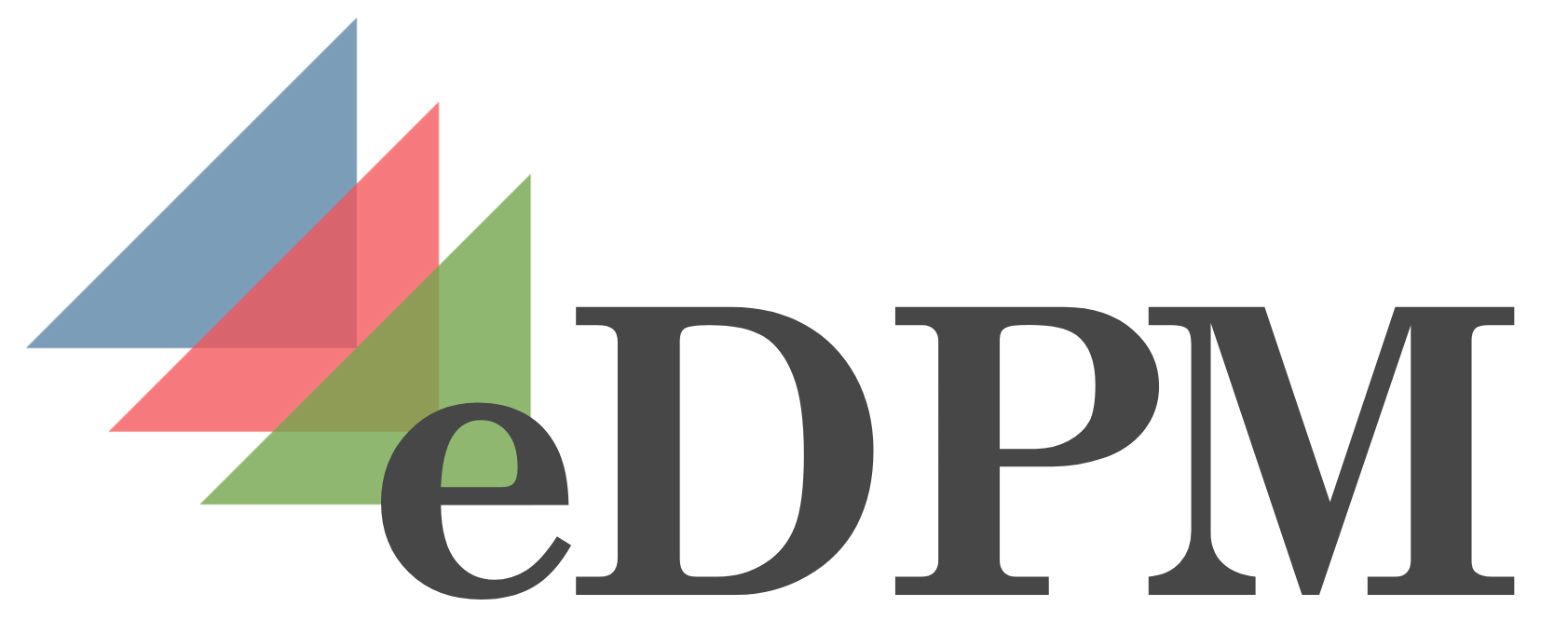In case you have not noticed, a consistent theme throughout my writing is the preparation of organizations for those occasions when another entity takes legal action against them. You will see that in my writing on information governance, on managing successful projects, and on e-discovery in general.
Planning is the first of the five Ps
I know I’m beginning to sound like a broken record, when I say things like proper planning prevents poor performance, but as with any project, the most important component is planning. But let’s be clear, what we’re really talking about when we say litigation ready is developing an information governance program that will enable an organization to react to a lawsuit in a sound and systematic manner each and every time a legal action is anticipated or actually filed.
Some may call this a litigation or e-discovery readiness plan. Regardless of what it is called, the fact is that legal operations personnel at companies and firms across the globe need to be prepared to respond to not just legal actions filed against them, but also regulatory demands, internal investigations, and other compliance needs. And this preparedness is even more pronounced when an organization does business in a highly regulated industry, such as financial services, insurance, healthcare, or bio-pharma, to name a few.
Know what you have and where it’s located
Information governance relates to the manner in which an entity creates, stores, organizes, manages, secures, and disposes of information created in the course of its business operations. Given the maze of federal and state statutes and regulations, most organizations are required to create and maintain certain information. Knowing what this information is, who creates it, and how it is stored, retained, and disposed of is one of the critical steps in preparing for litigation.
One way to approach being litigation ready is to gather the stakeholders from the various business units and create a schedule of the types of information each unit has and the retention requirements of each area. In other words, invite people from finance, sales, product, R&D, legal, and IT to a meeting and have each area develop a schedule. In this way, it becomes easy to identify and ultimately to visualize the information and data sources that each business unit has and from there it becomes easier to determine how to handle the information from each unit when a triggering event occurs. It will help facilitate the preservation and collection of potentially responsive information.
GARP reimagined
This litigation readiness process is very much reminiscent of the Generally Accepted Recordkeeping Principles (GARP) developed by ARMA International, the world’s largest organization of records managers. It should not be much different today even though the vast majority of information is stored on computers and servers. Anyone not familiar with them, should make an effort to become familiar with ARMA’s GARP practices.
Keep in mind, too, that information governance and the notion of being litigation ready requires a holistic view of the value and the efficient, collaborative use of an organization’s information. It is not a about a single technology or a tool; and it is not just managing risks or costs. It is an enterprise-wide practice designed for the benefit of the organization. And every organization is different and will have a different approach to preparing for legal events.
Why do the extra work?
The benefits of effective information management and litigation preparedness are not only that they aid in the efficient and cost-effective operation of an organization, but they also facilitate efficiency in discovery projects. Whether a multinational conglomerate with offices around the globe or a small business owner with one office, it just makes good business sense to know what information you have and where you have it. And having effective policies and practices in place enable an organization to make good faith claims in the event the policies are challenged during litigation.
In the end, being litigation ready means knowing (or being able to easily determine) what information an organization has and what needs to be done to preserve and collect it if necessary. Hiring a Certified E-Discovery Specialist would be a great first step towards preparing for litigation in any organization.
(A version of this piece originally appeared on Above the Law)
